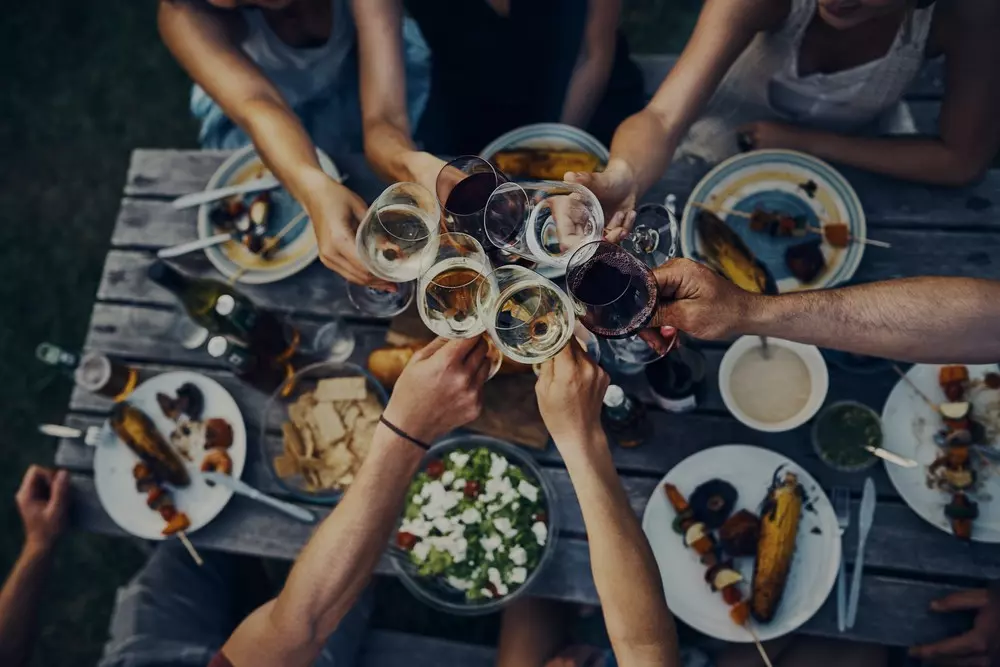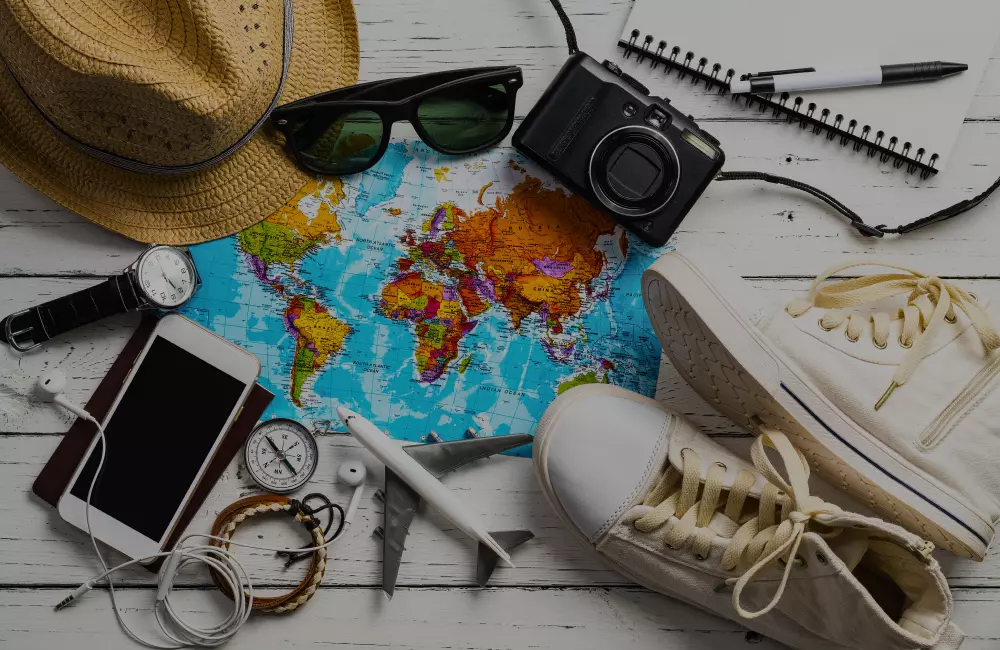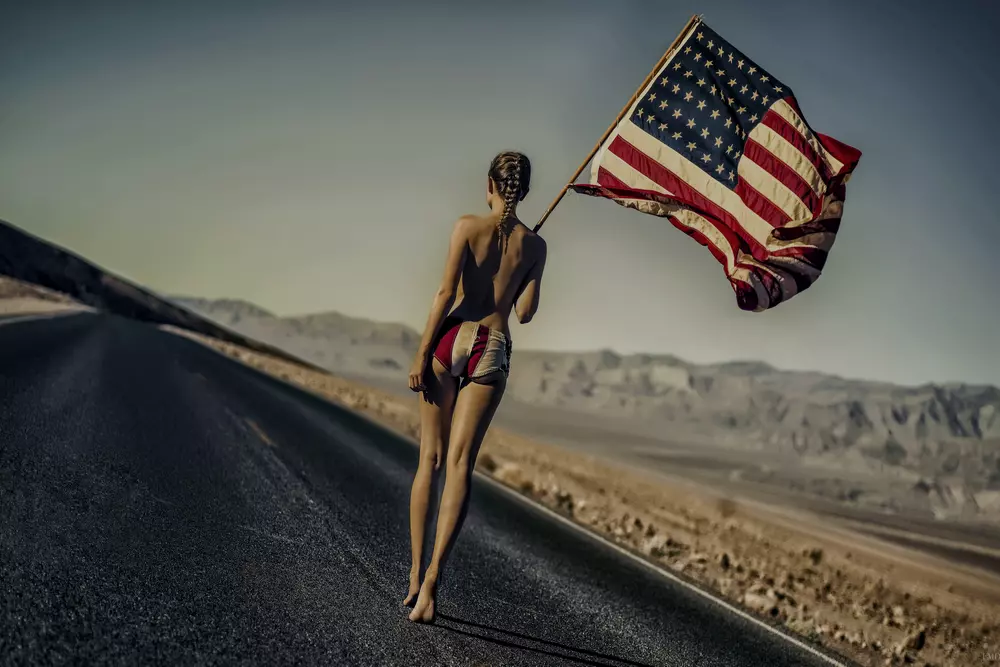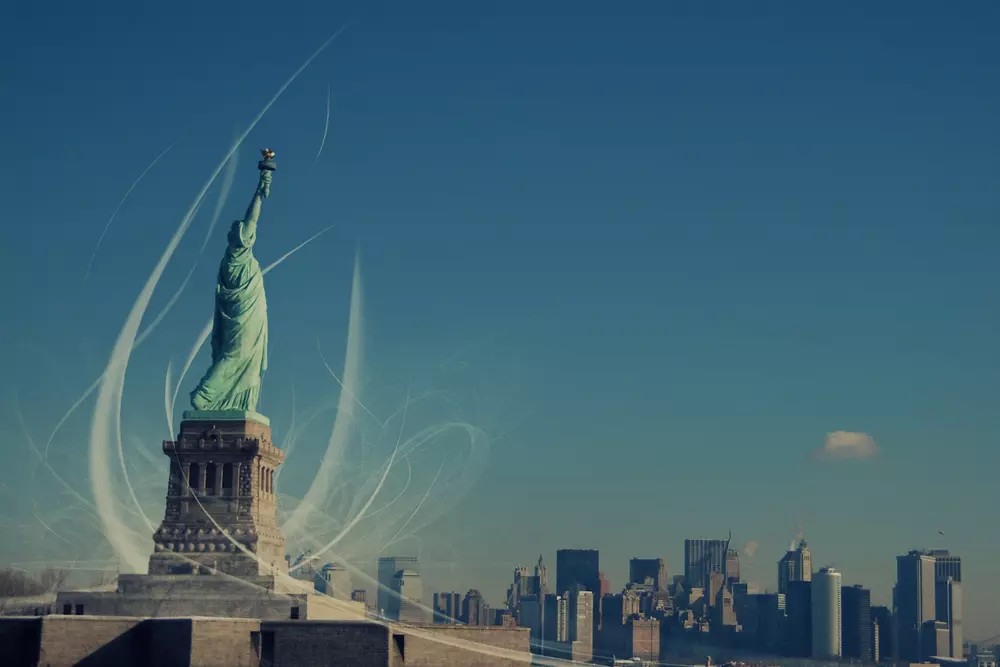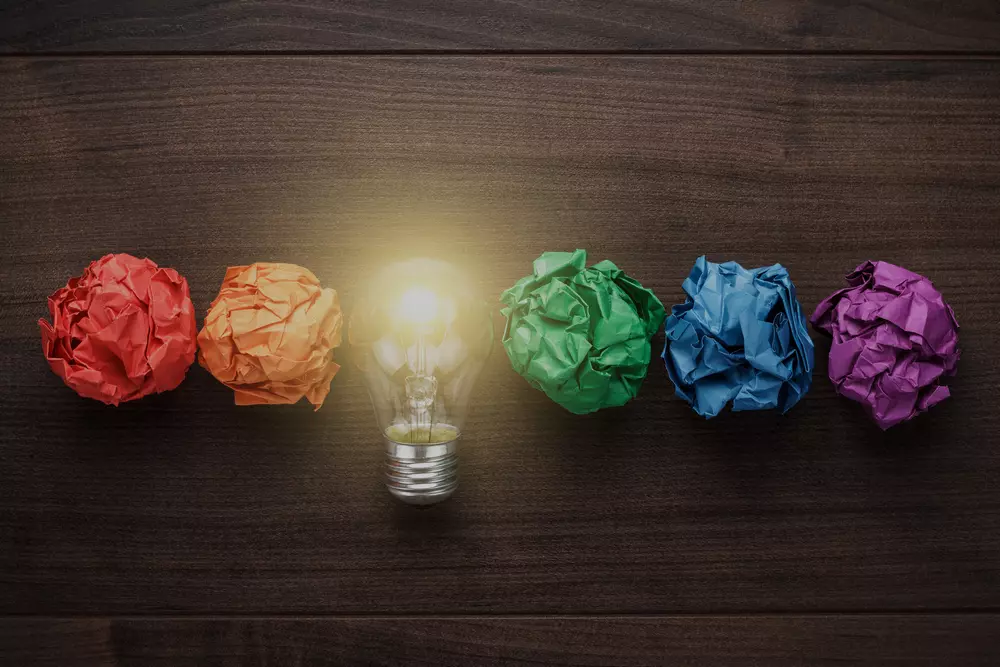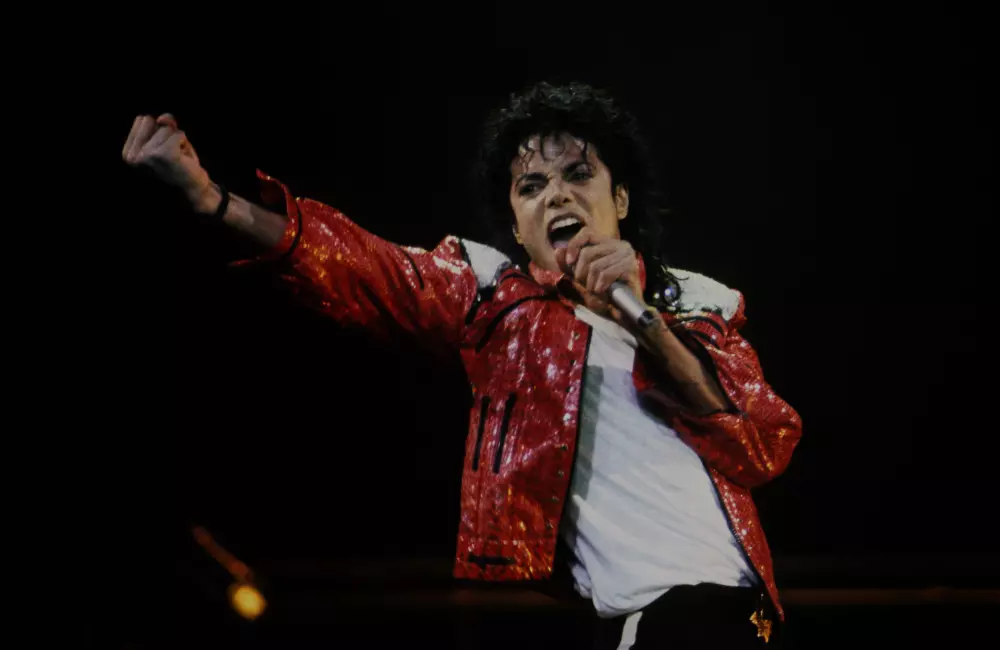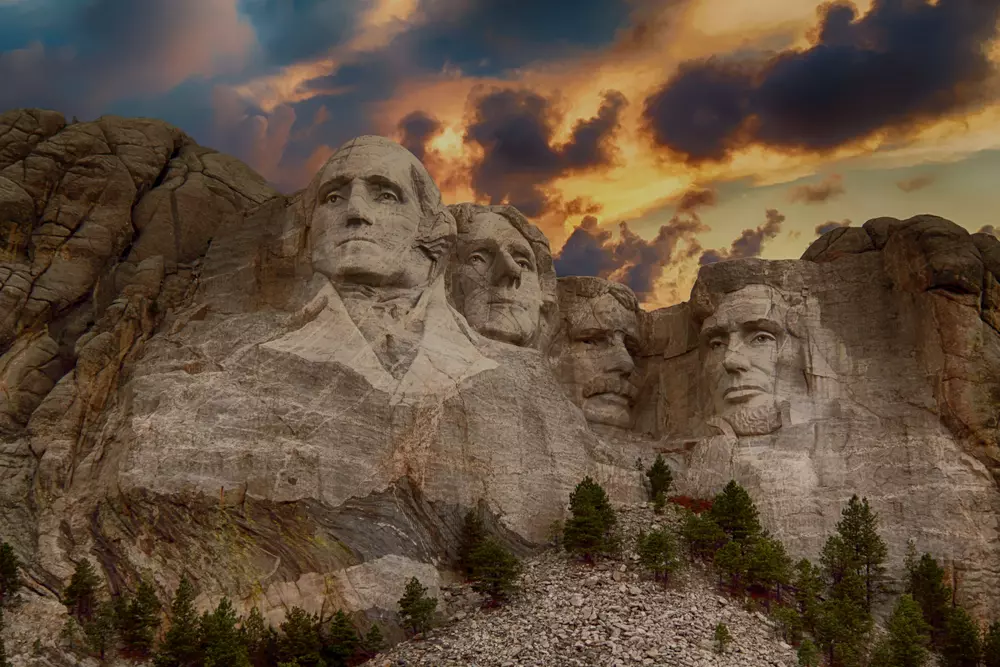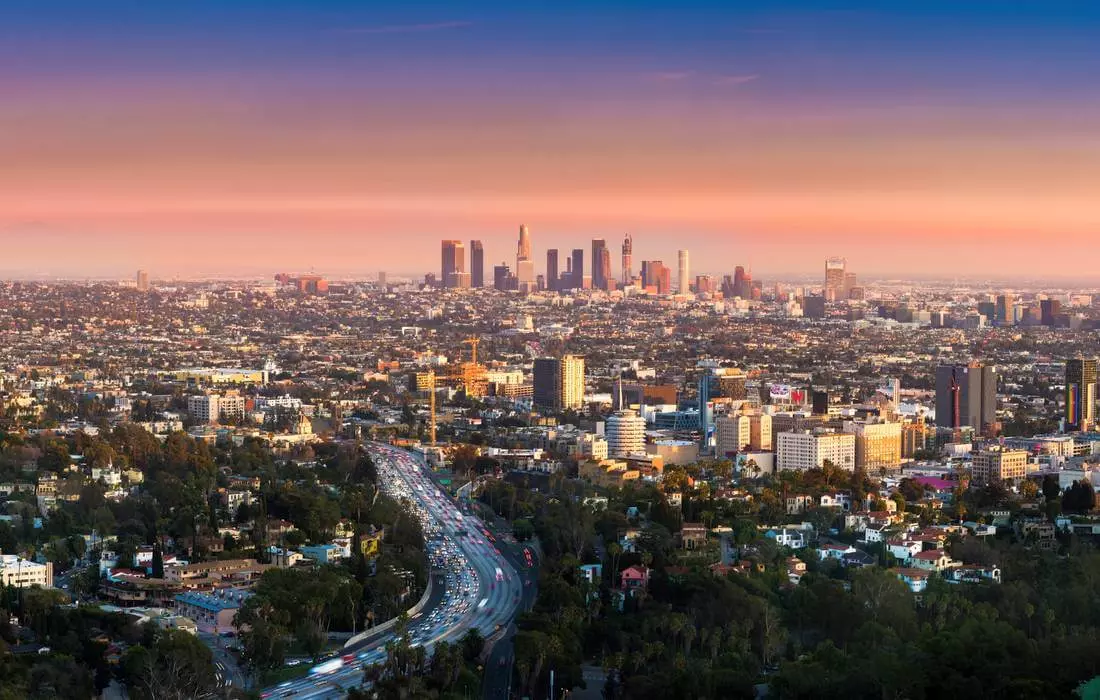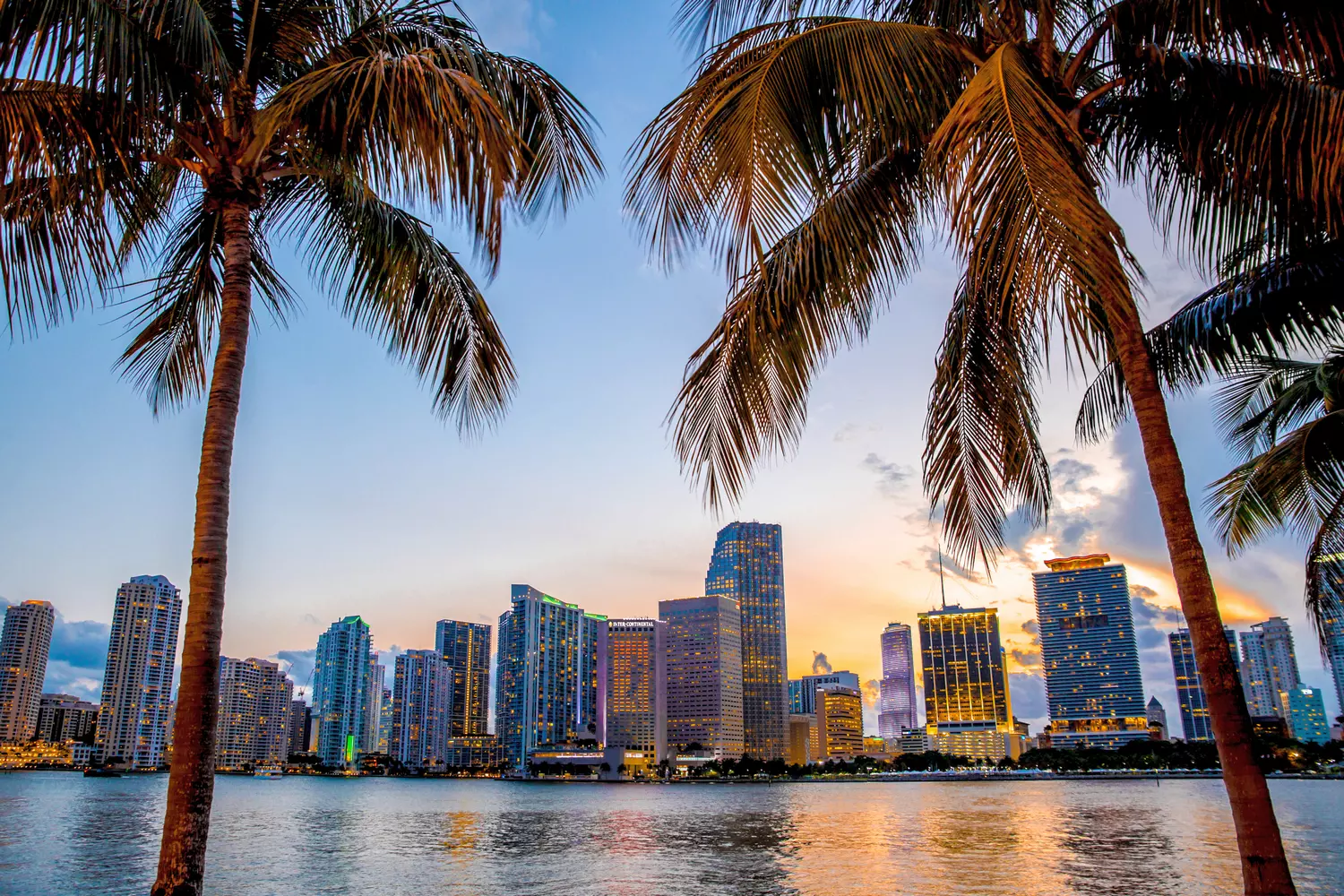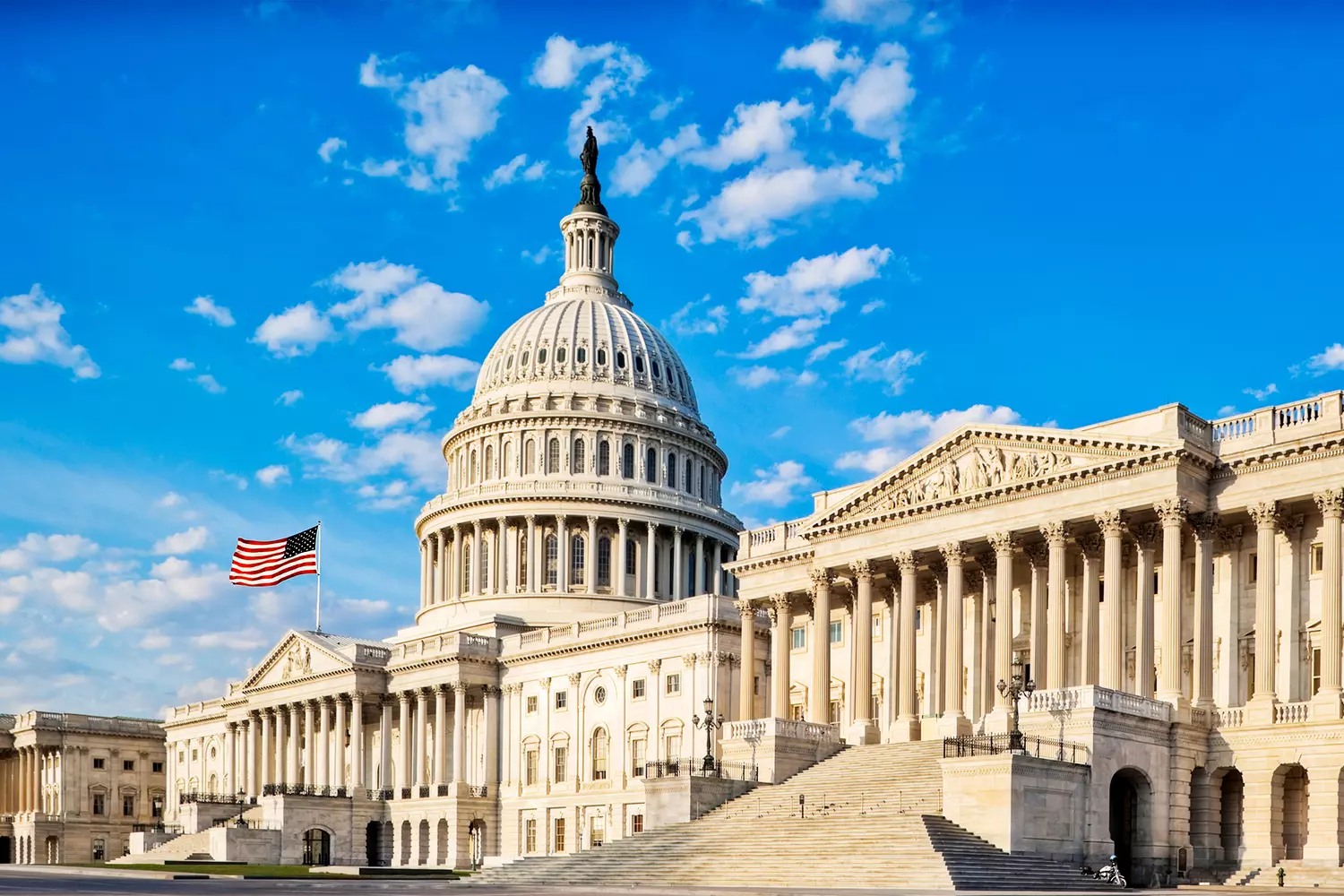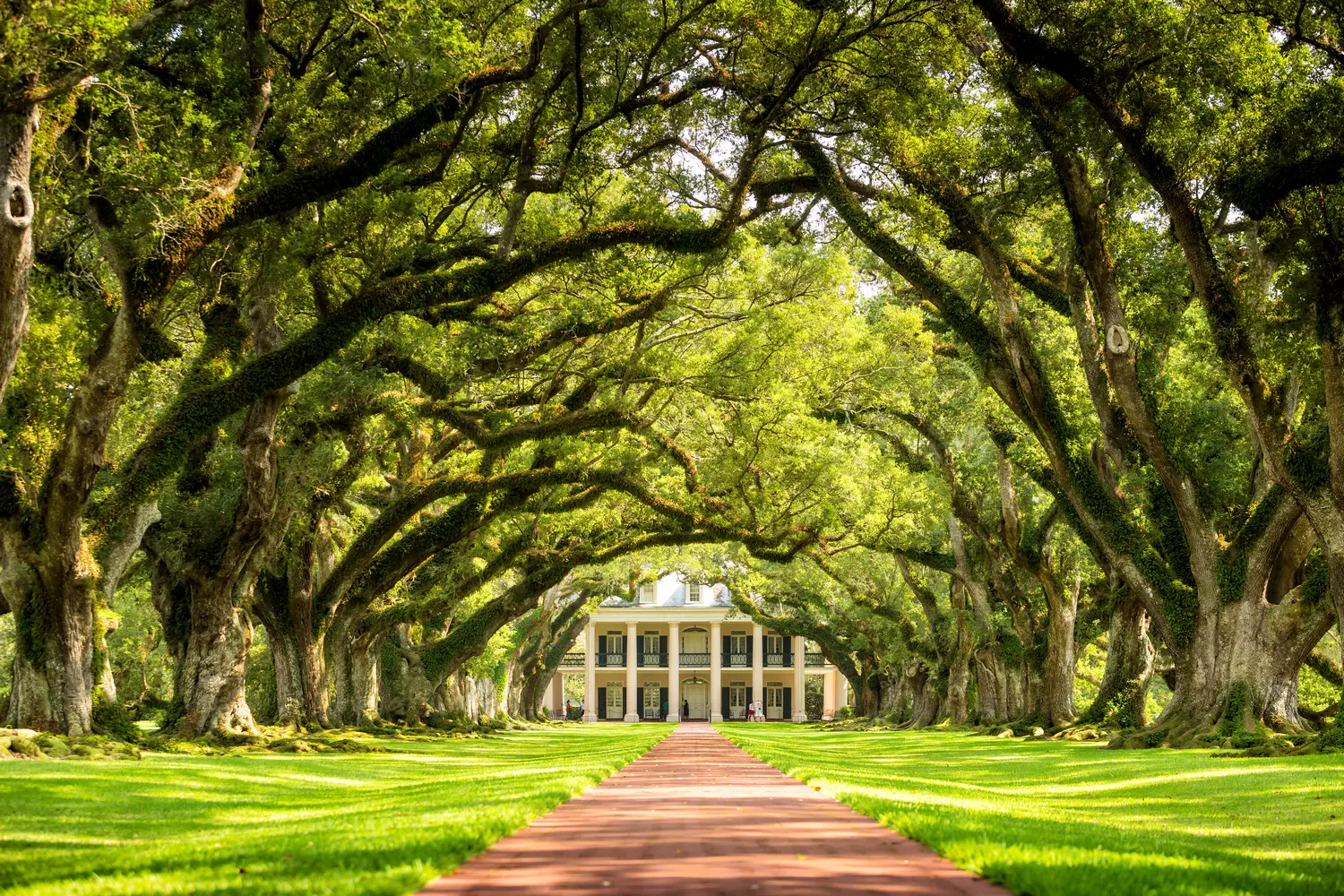What Is Starbucks?
“Cappuccino for American Butler readers!”
Starbucks is one of the most iconic and recognizable coffee chains in any major city. In the U.S., there’s even a so-called Starbucks Index — similar to the Big Mac Index — which evaluates the economy based on the price of a cup of coffee with a green siren on it. That cardboard cup, marked with your name in black marker, has become a symbol of a complete lifestyle, not only in America but around the world.
It wouldn’t be fair to credit marketing alone. Starbucks is truly a unique company — a global trendsetter in both product quality and customer experience. That’s impressive for a business — but what makes this not-so-budget-friendly coffee shop so appealing to everyday customers?
Let’s take a closer look at where the siren has sailed over the past 50 years, what ties it to pacifist circles, and why Starbucks coffee really is more than just coffee.

How Starbucks Began
Many people have heard of the visionary president of the Starbucks empire, Howard Schultz, but the story actually started long before he came on the scene — with a group of hippies. Three friends from Seattle: a struggling writer named Gordon Bowker, a history teacher Zev Siegl who was fired for his pacifist views, and an English teacher Jerry Baldwin.
In 1971, they opened a small store selling authentic coffee beans, teas, and spices. True to their liberal arts roots, they chose the name from literature: Starbuck was the first mate of Captain Ahab in the novel Moby-Dick. Their first logo? A controversial 16th-century woodcut of a nude, two-tailed siren. With it, they embraced the nautical theme and sent a message: their brand was for people who think deeper than stereotypes and cultural norms.
Later, the trio pooled their money to buy equipment that allowed them to roast coffee beans directly in-store. Within a few years, Starbucks had five retail locations and its own roasting facility. Several cafes and restaurants were sourcing their coffee exclusively from Starbucks.
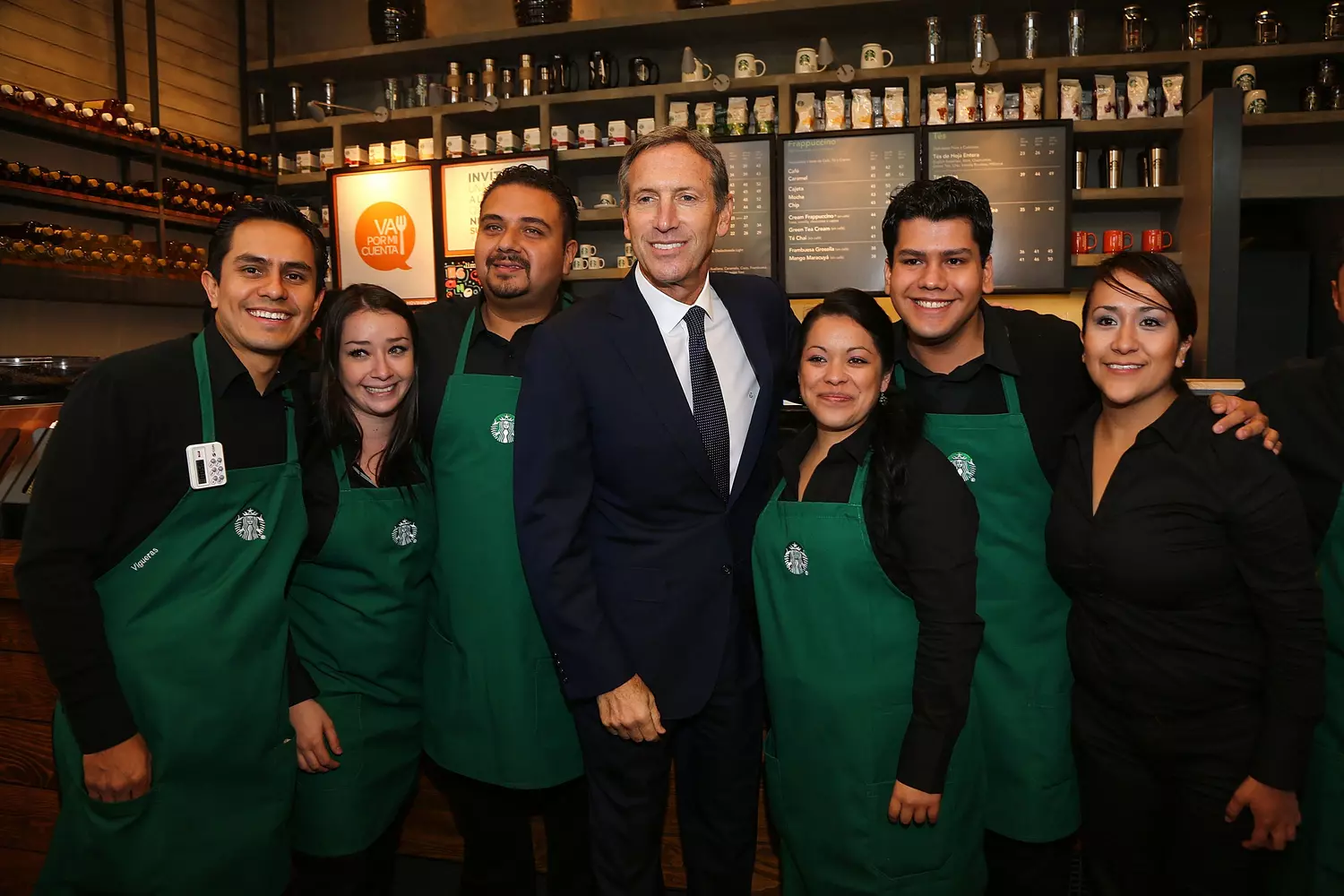
Howard Schultz’s Big Idea
The now-revered Howard Schultz entered the Starbucks story almost by accident — a full decade after the company was founded. At the time, he was working for a housewares distributor and happened to walk into a Starbucks store in Seattle. Instantly captivated by the atmosphere, he left his job and joined Starbucks as a marketing executive — and quickly became a fountain of ideas.
Schultz’s core belief was that Starbucks’ philosophy of quality, aesthetics, and comfort deserved a new format — neighborhood coffeehouses. He was inspired by Italian espresso bars, where coffee wasn’t just a drink, but an experience: people chatted with the baristas, held business meetings, went on dates, or simply enjoyed time with friends.
In Schultz’s vision, Starbucks could become a global social space — not just a coffee brand. But the original founders strongly opposed the idea. After several failed attempts to implement his vision, Schultz changed tactics — and ultimately left the company.
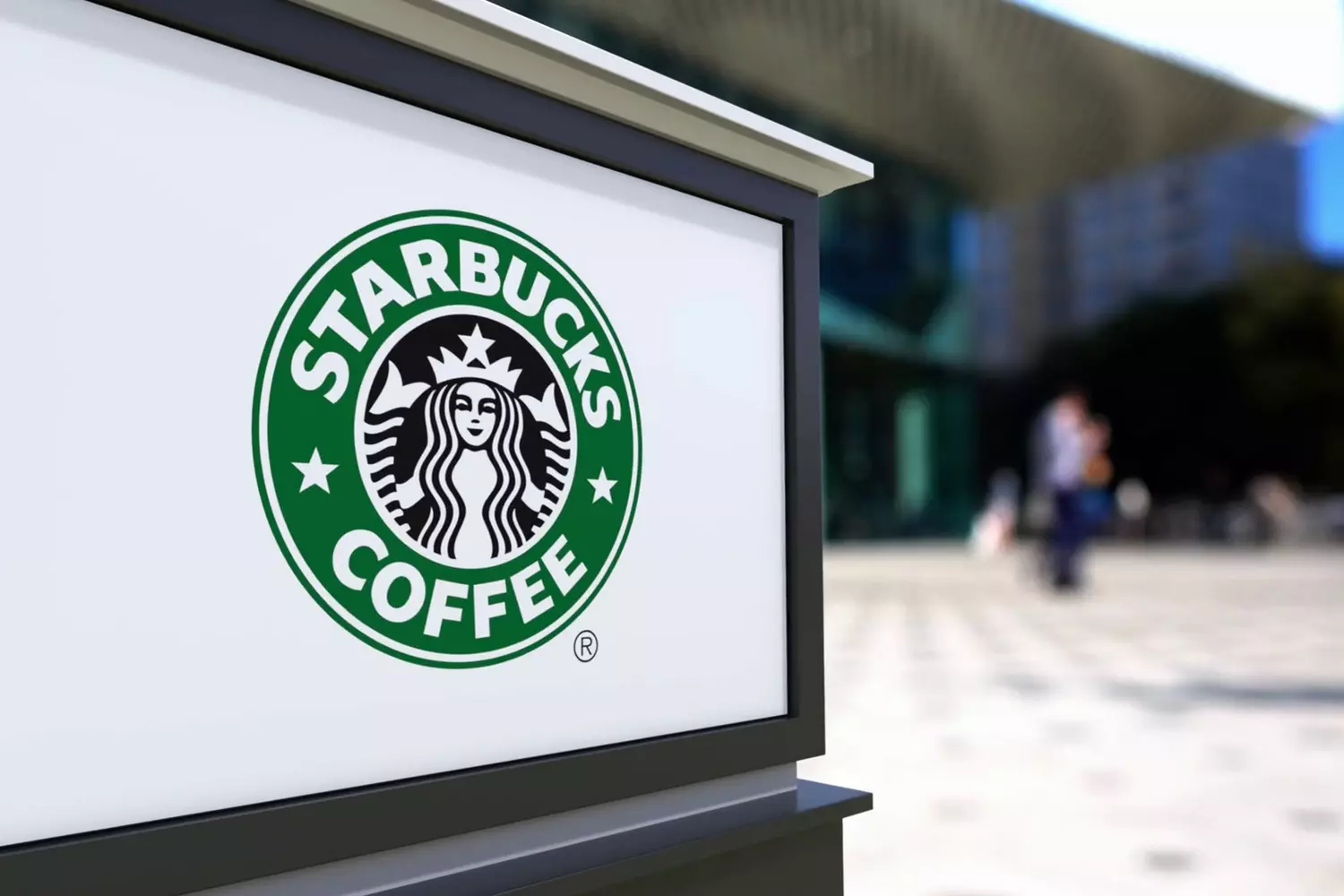
A New Era: The Green Siren Goes Global
Baldwin, Bowker, and Siegl didn’t get much of a break from the ever-persistent Schultz. After leaving Starbucks, he founded his own coffeehouse chain called Il Giornale (named after an Italian newspaper). There, he brought to life his vision of big-city coffee culture — and quickly started turning a serious profit.
Just a year and a half later, in 1987, Schultz raised an astounding $4 million to buy out the entire Starbucks brand and merge it with Il Giornale. And just like that — things took off.
That same year, Starbucks-branded coffee shops began opening across the U.S. A full product catalog was released, the customer base expanded, and Starbucks stock hit the markets — skyrocketing in value. In just five years under Schultz’s leadership, the company’s profits grew more than 50-fold. By 1992, early investors had earned returns over 5,000% on their original investments.
Drinking coffee, tea or ordinary water is a matter of taste, but to feel the real atmosphere of the American Starbucks exactly owes everyone.American Butler
Global Growth and Recognition
Starbucks updated its logo — the siren now lived inside a green circle and looked a bit more welcoming. Schultz also made a bold decision: since he couldn’t provide full health insurance to every employee, he gave them company stock instead. Many called him naive — but the move paid off. Suddenly, every barista treated the café like their own business. Customers felt like they were walking into a friend’s home. The menu expanded to include fresh pastries, salads, sweets, and collectible Starbucks-branded mugs with ever-changing designs.
For years, Starbucks stayed out of international markets due to “translation challenges” and fear of becoming the next McDonald’s. Howard Schultz was deeply concerned about how Starbucks’ signature atmosphere would translate in countries with different cultures and work ethics. But in 1996, the first international store finally opened — in Tokyo.
Launching in Japan’s capital wasn’t easy — the competition was fierce and the cultural nuances tricky. But the brand thrived. Soon, cities across Europe and Asia were eager to secure franchise rights. Starbucks had become a true global phenomenon, with over 25,000 locations and a full-blown coffee culture boom. That little cardboard cup conquered the world — and the green siren became a global icon.
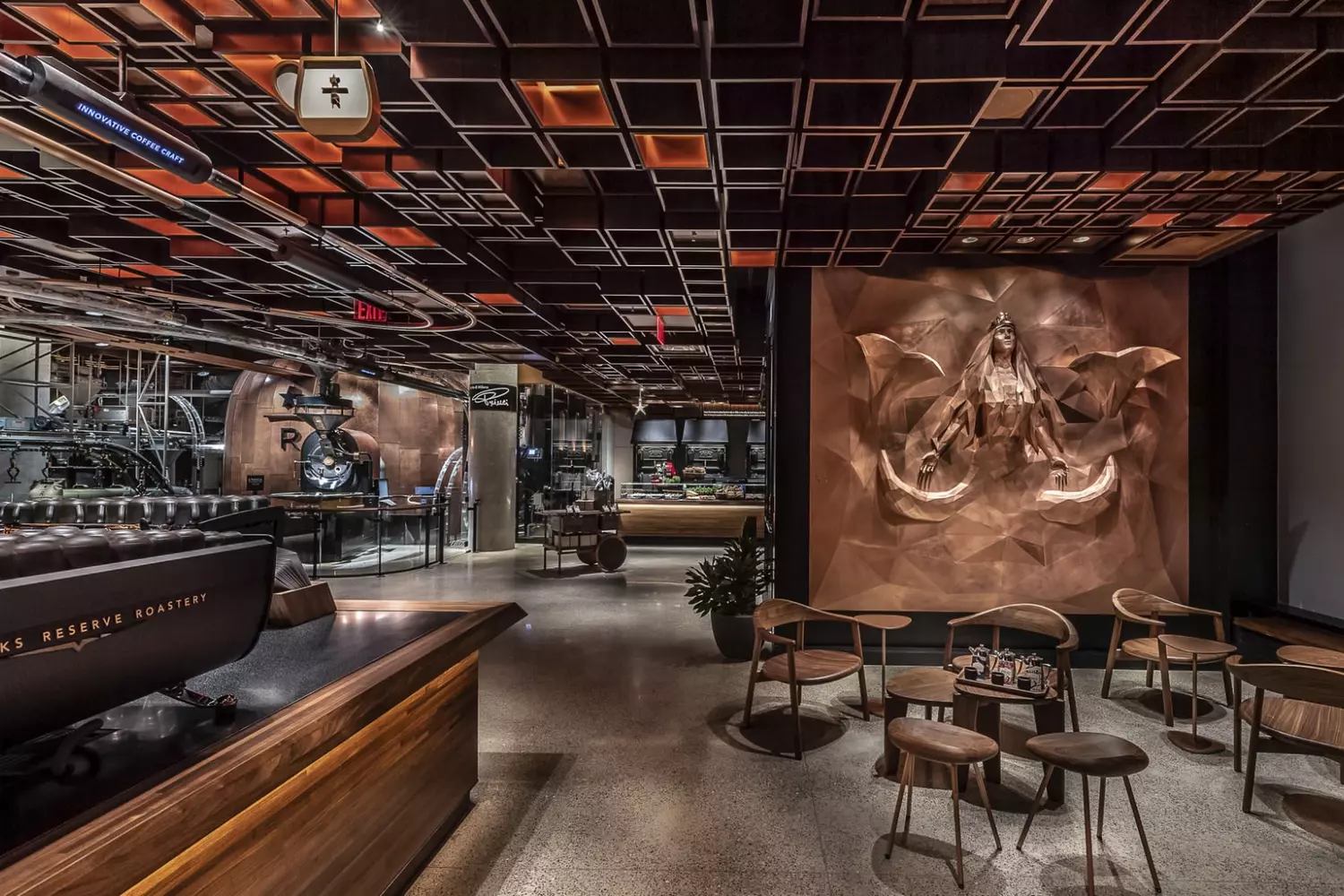
What Makes Starbucks Special
Like any brilliantly built brand, Starbucks has a few unique marketing tactics that fuel its ongoing popularity:
- Personalization
Your name written on the cup, a barista calling you personally — it all creates the feeling that you're always welcome, your preferences matter, and you're a valued guest, not just a customer. - Product Quality
Every drink is made using Starbucks' signature methods and high-quality ingredients. The taste is carefully crafted — espresso may have a hint of bold caramel, while mocha brings out nutty and vanilla notes. You can also fully customize your drink: go sugar-free, use oat or soy milk, or add your favorite syrup. - Location Strategy
Starbucks shops are only placed in areas with high foot traffic — often on routes people take to work or home. They’re always right where you’d naturally want to stop, take a break, or recharge. - Interior Design
Each location has its own unique decor, but the atmosphere is consistently calm, warm, and welcoming. Tables have cozy finishes, soft background music doesn’t distract from conversation or work, and the lighting is gentle but bright enough. There's always the smell of fresh coffee — even the windows are placed to avoid direct sun glare, facing only south or west. - Human Connection
Starbucks baristas are encouraged to talk with customers while preparing their drinks. It's not just small talk — real friendships often form. For many people, especially those who live alone, Starbucks feels like a place of belonging, not just another café.

American Butler knows the best food spots across the U.S. and is here to share real insights into American culture and everyday life. Follow us on our website and social media — and if you have questions, ideas, or a desire to travel to the U.S., just drop us a message in the chat window.
Our team will be happy to guide you and provide the most up-to-date information — with a personal touch.














